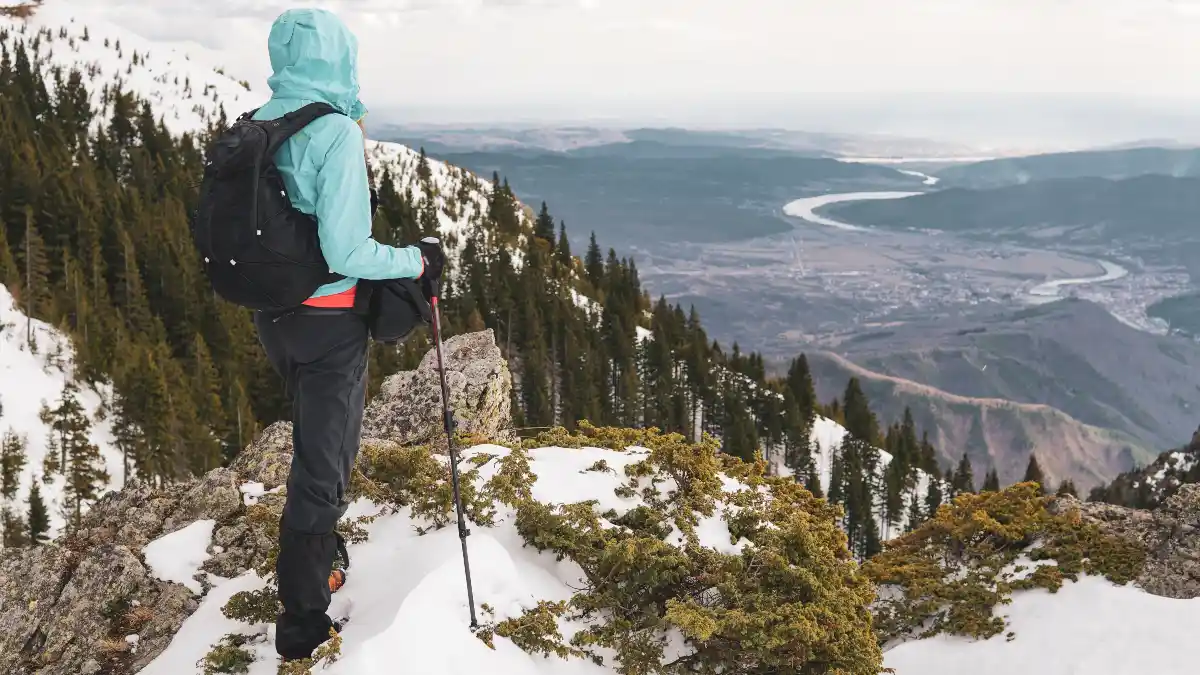Every year, America’s deadliest trails claim lives despite clear warnings. Mount Rainier has seen over 425 deaths since 1897. Angel’s Landing drops 1,500 feet on both sides of a narrow ridge.
Half Dome’s polished granite becomes deadly when wet. Yet thousands still apply for permits, driven by something deeper than thrill-seeking.What makes rational people ignore danger signs? The psychology is fascinating – summit fever, social media validation, and the human tendency to believe “it won’t happen to me.”
Understanding these trails’ specific dangers and why hikers continue attempting them could save your life on your next adventure.
1. Mount Rainier
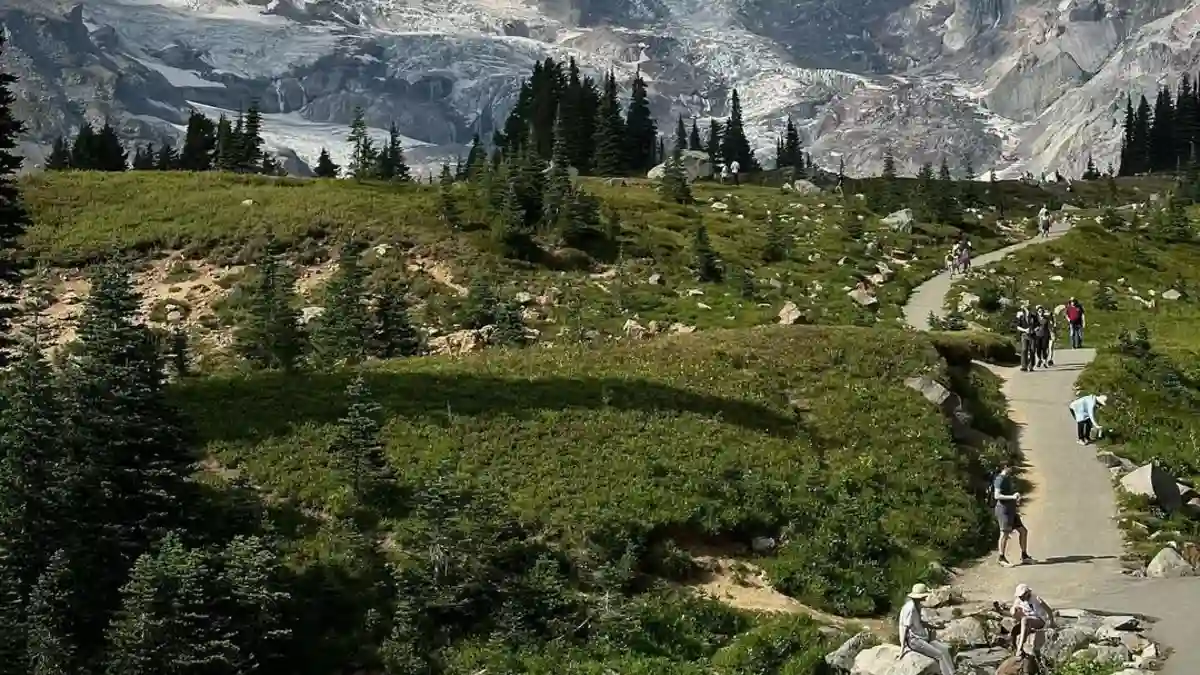
Mount Rainier has claimed over 425 lives since 1897. That’s about two deaths every year. The danger? Hidden crevasses can open up without warning. These deep cracks in the ice might be covered by thin snow bridges that collapse when you step on them.
The weather turns deadly fast here. Storms roll in quickly, creating whiteouts where you can’t see your hand in front of your face. The mountain sees hurricane-force winds weekly in winter.
Yet people still climb it because standing on Washington’s highest peak (14,411 feet) feels like conquering a small Everest. The 26 glaciers create an otherworldly landscape that serious mountaineers can’t resist.
25% of deaths happen on Liberty Ridge, even though only 2% of climbers take this route. The mountain demands real glacier travel skills, not just hiking experience.
2. Angel’s Landing
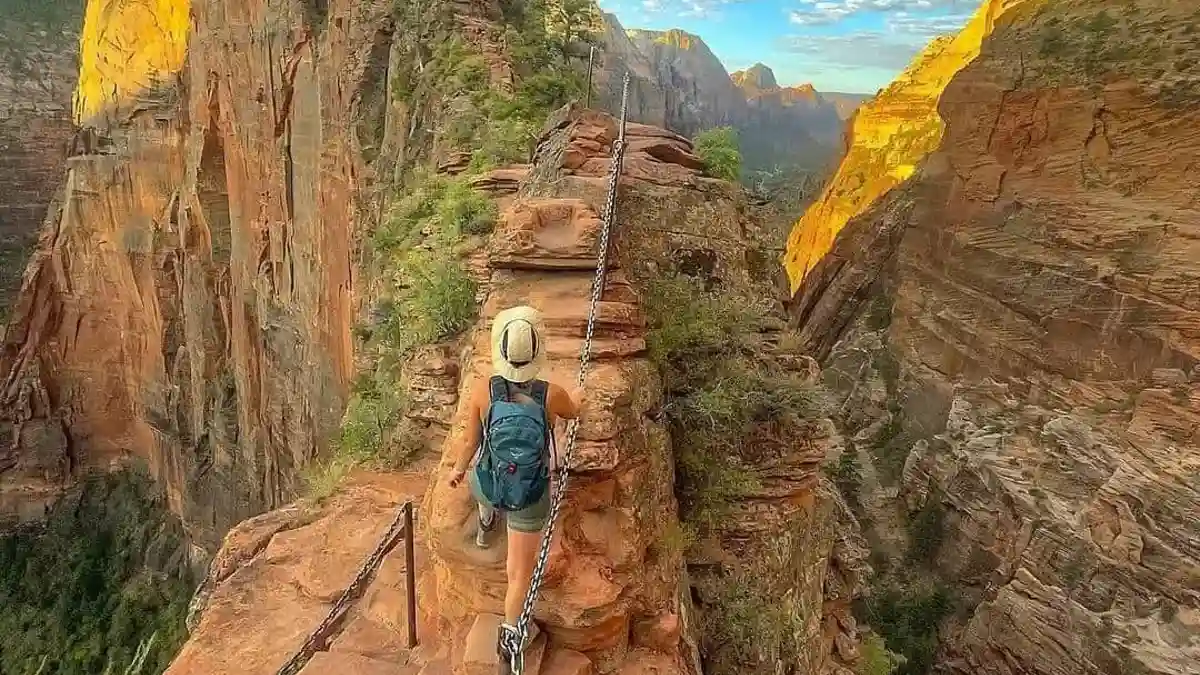
Angel’s Landing in Zion National Park is just 5 miles round trip. Sounds easy, right? The catch is the final half-mile – a narrow sandstone spine with 1,500-foot drops on both sides.
At least 18 people have died here since 1987. The trail gets as narrow as two feet wide in spots, with only chain handholds between you and the abyss below.
The trail attracts crowds because of its jaw-dropping views and the thrill of conquering your fear. Photos don’t capture how exposed you feel standing on that ridge with nothing but air on either side.
One good change: after starting a permit system in 2022, deaths have dropped to zero. Apply early – only 43% of permit requests get approved.
3. Half Dome
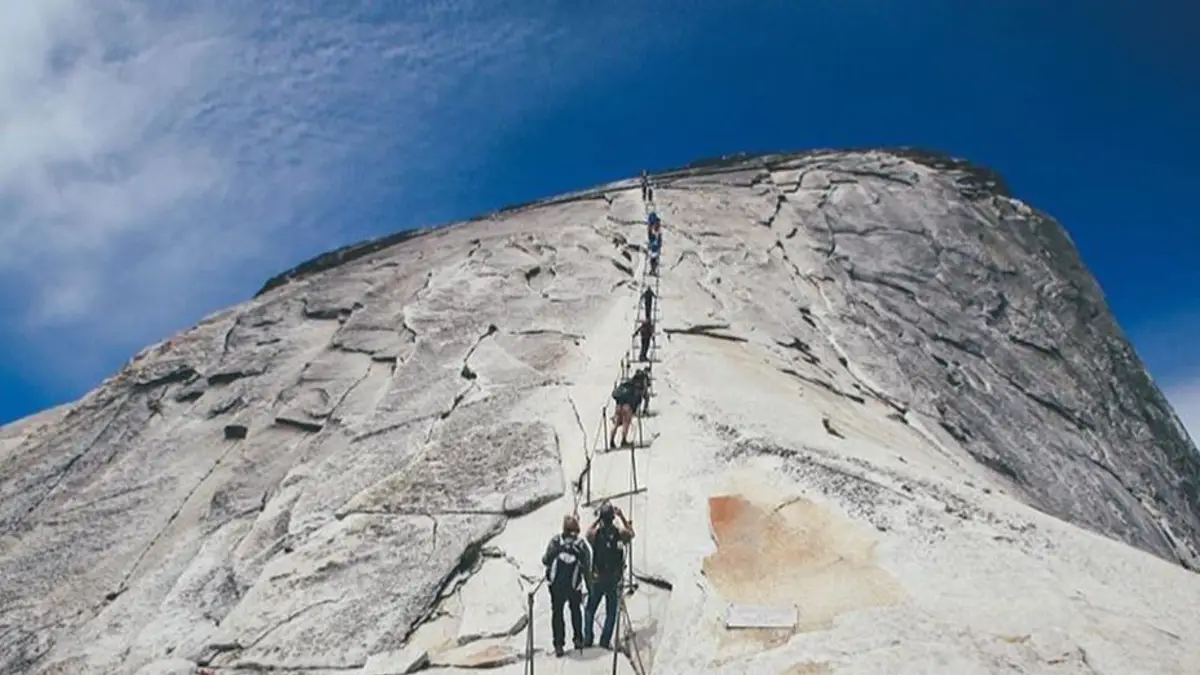
Half Dome’s final 400 feet requires pulling yourself up steel cables on a 45-degree granite slope. When wet, this polished rock becomes as slippery as ice.
Since 1919, at least 15 people have died on the cable section alone. In July 2024, a 20-year-old slipped during a rainstorm and fell 250 feet.
People tackle it anyway because it’s Yosemite’s most iconic challenge. Standing on top, with the entire valley spread below you, feels like standing on the roof of the world.
The permit system is super competitive – only 300 daily permits for tens of thousands of applicants. This creates pressure to continue even when conditions turn dangerous. Rangers now tell hikers the cables are “not safe at all” when wet.
4. Presidential Traverse/Mt. Washington
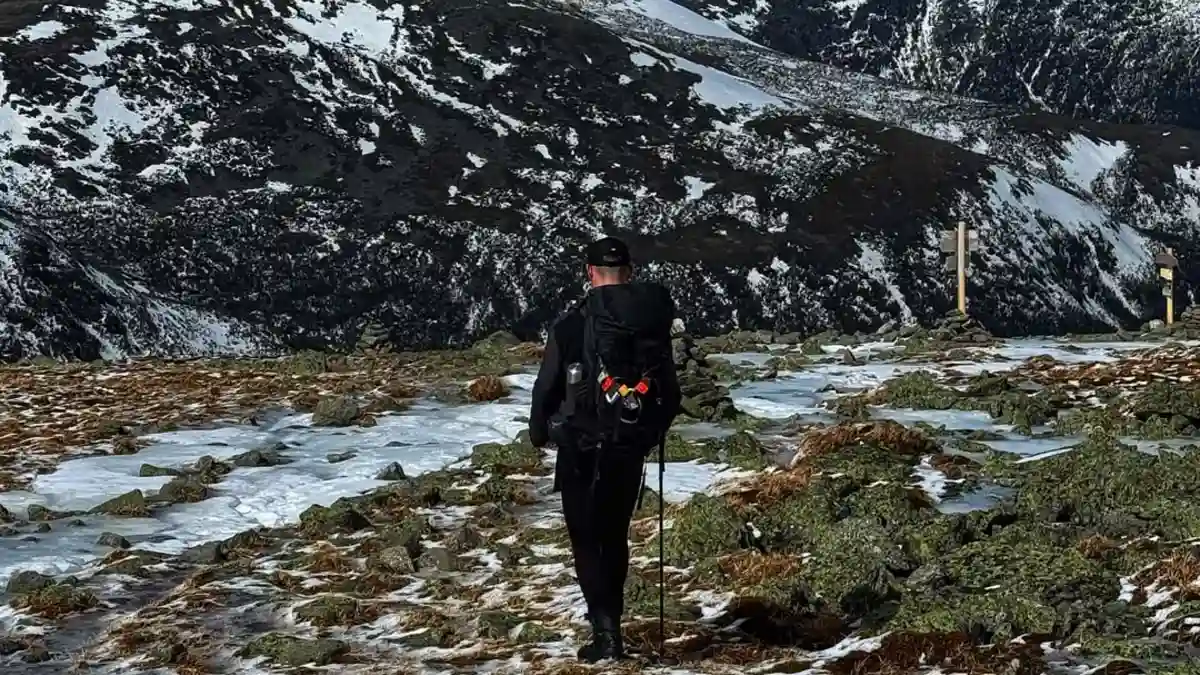
Mount Washington has earned its title as “Home of the World’s Worst Weather.” The mountain recorded 231 mph winds in 1934 – that’s stronger than most hurricanes.
The Presidential Traverse, crossing multiple peaks including Washington, has claimed 161 lives since records began. The problem? Weather changes in minutes. You can start hiking in sunshine and face a life-threatening blizzard an hour later.
The 11 miles above treeline offer no protection when storms hit. In winter, windchills can drop to -109°F.
Hikers come for the challenge of alpine hiking in conditions like those found in much bigger mountain ranges. If you try it, always have backup plans for bailing out, and never ignore weather forecasts.
5. Kalalau Trail
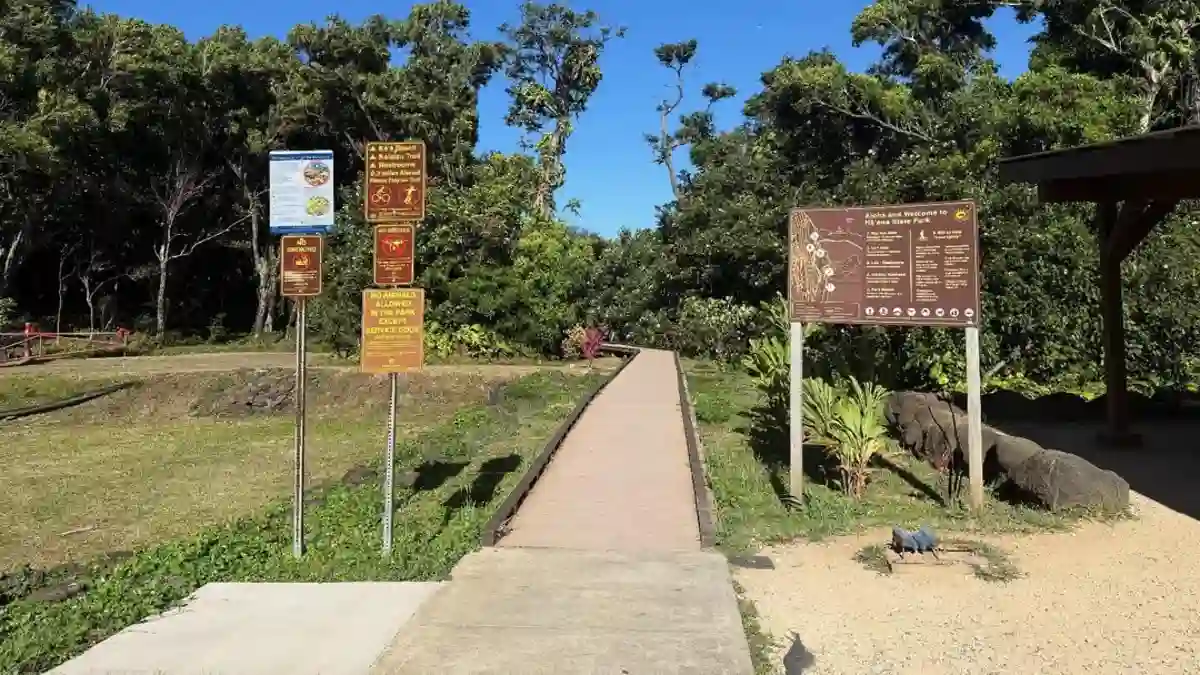
Hawaii’s Kalalau Trail along the Na Pali Coast has taken at least 15 lives. The infamous “Crawler’s Ledge” section narrows to just 18 inches wide with a 200-foot drop to ocean rocks.
But the real killer isn’t the narrow trail – it’s flash floods. Rain in the mountains can turn ankle-deep stream crossings into raging torrents within minutes. In 2013, a woman drowned trying to cross Hanakapi’ai Stream during a flash flood.
The trail’s beauty draws hikers from around the world. The lush valleys, pristine beaches, and towering sea cliffs create views you can’t see anywhere else.
Getting a permit is tough – only 60 people per day can camp at Kalalau Beach. Always check the weather before starting, and never cross flooded streams.
6. Capitol Peak
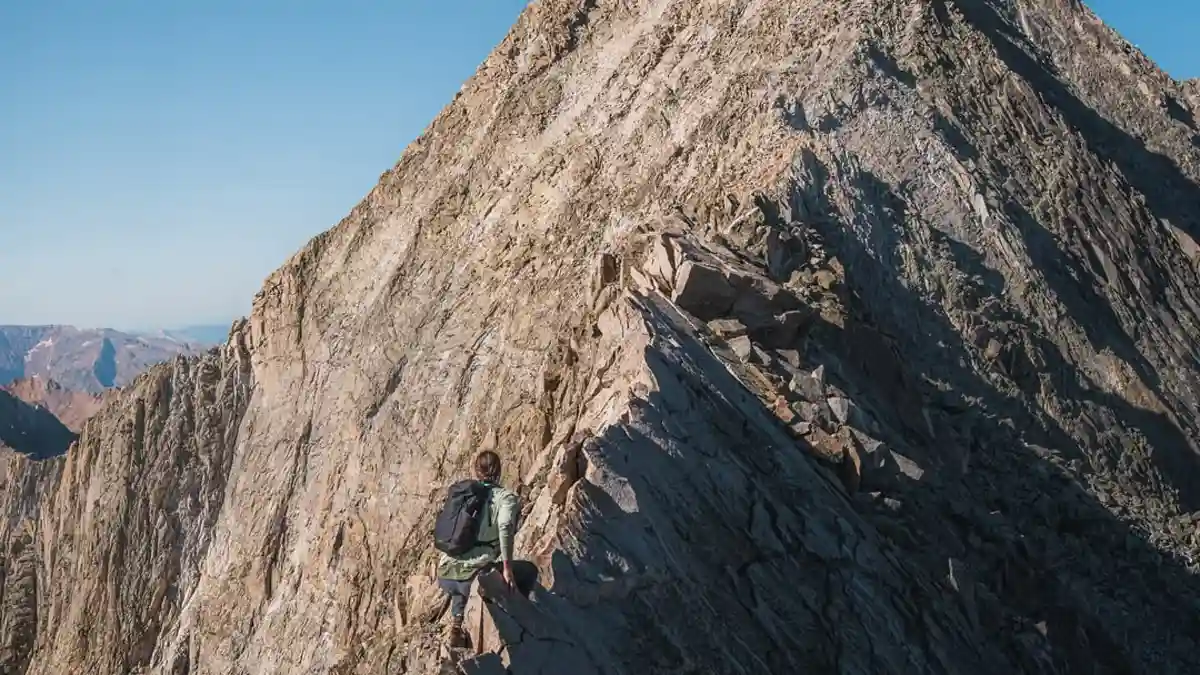
Capitol Peak in Colorado has the “Knife Edge” – a 150-foot rock spine with drops of 2,000 feet on both sides. Nine climbers have died here since 2000, with five deaths in just six weeks during summer 2017.
What’s surprising? Most deaths don’t happen on the Knife Edge itself. They happen when hikers try to find shortcuts down. The mountain’s loose, crumbly rock makes these “shortcuts” deadly.
People climb it because it’s considered Colorado’s hardest 14,000-foot peak. Completing it puts you in an elite group of mountaineers.
The most important safety tip comes from local rescue teams: “There are NO shortcuts. Stay on the standard route.”
7. Grand Canyon’s Bright Angel Trail
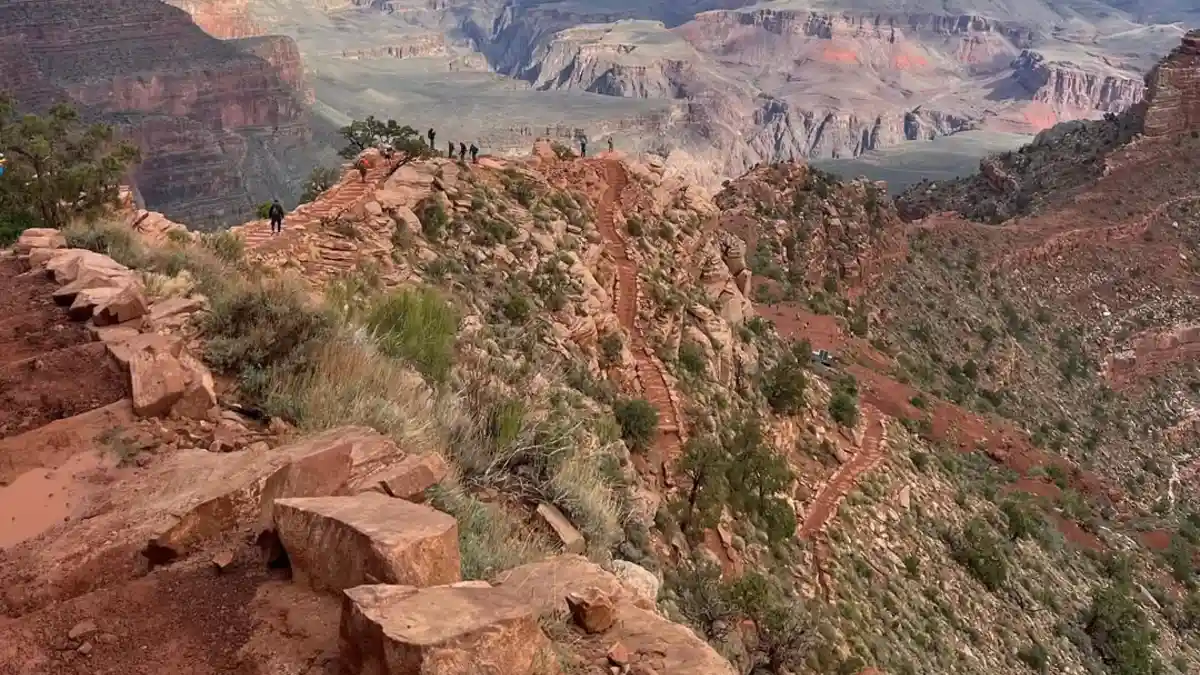
Bright Angel Trail looks deceptively simple. It’s well-maintained and has water stops. But it claims lives every year from heat exhaustion and dehydration.
The problem is backwards from most hikes. Going down is easy – it’s the climb back up 4,380 feet in temperatures that often exceed 110°F that kills people.
In summer 2024, multiple hikers died from heat, including a 69-year-old who collapsed on River Trail in June and a 41-year-old from heat and overexertion.
Hikers tackle it because it’s the classic Grand Canyon experience – descending into two billion years of Earth’s history.
The key to survival? Start before dawn, carry a gallon of water per person, and turn around at the 1.5 Mile Resthouse if you’re struggling.
8. Yosemite’s Mist Trail
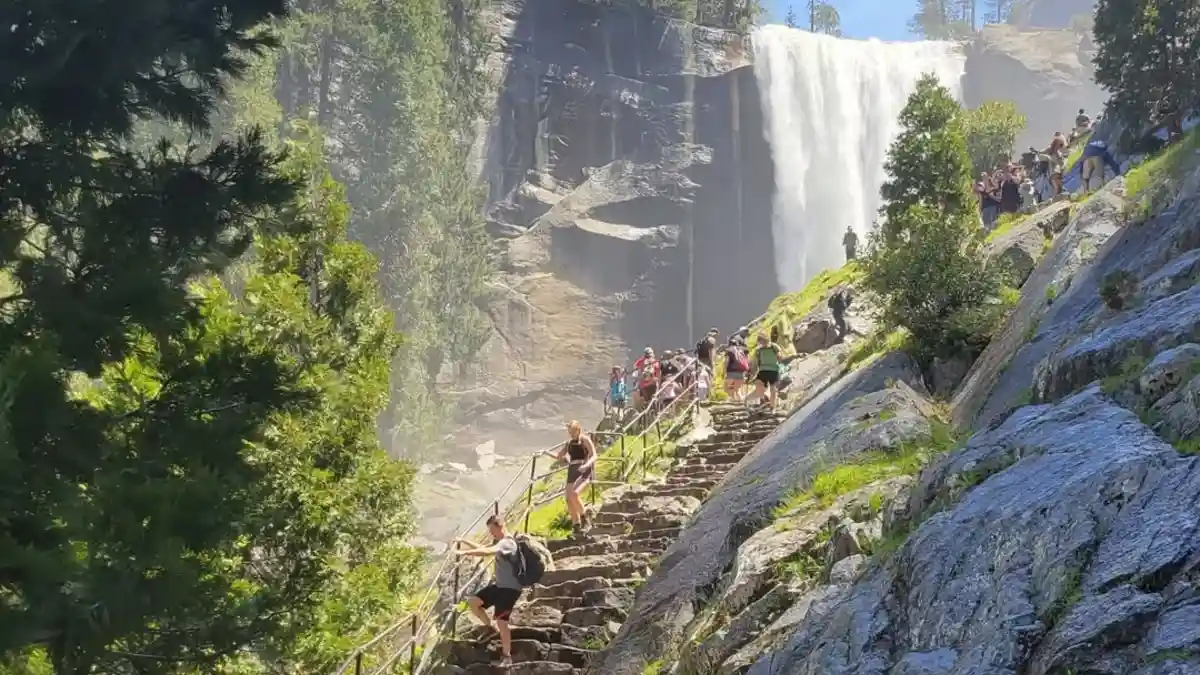
The Mist Trail in Yosemite has claimed over 40 lives, with 14 deaths between 2003-2013 at Vernal Fall alone.
The danger isn’t the steep, wet granite steps alongside the waterfall – it’s the seemingly calm pools above the falls. The Merced River looks peaceful, but its current is powerful enough to sweep people over the 317-foot waterfall.
In 2011, three tourists crossed safety railings and were swept over Vernal Fall while horrified visitors watched.
People love this trail for the up-close waterfall experience, with rainbow-filled mist cooling you on hot days.
The lifesaving rule is simple: stay behind railings, and never swim in the river above waterfalls.
9. Mount Whitney
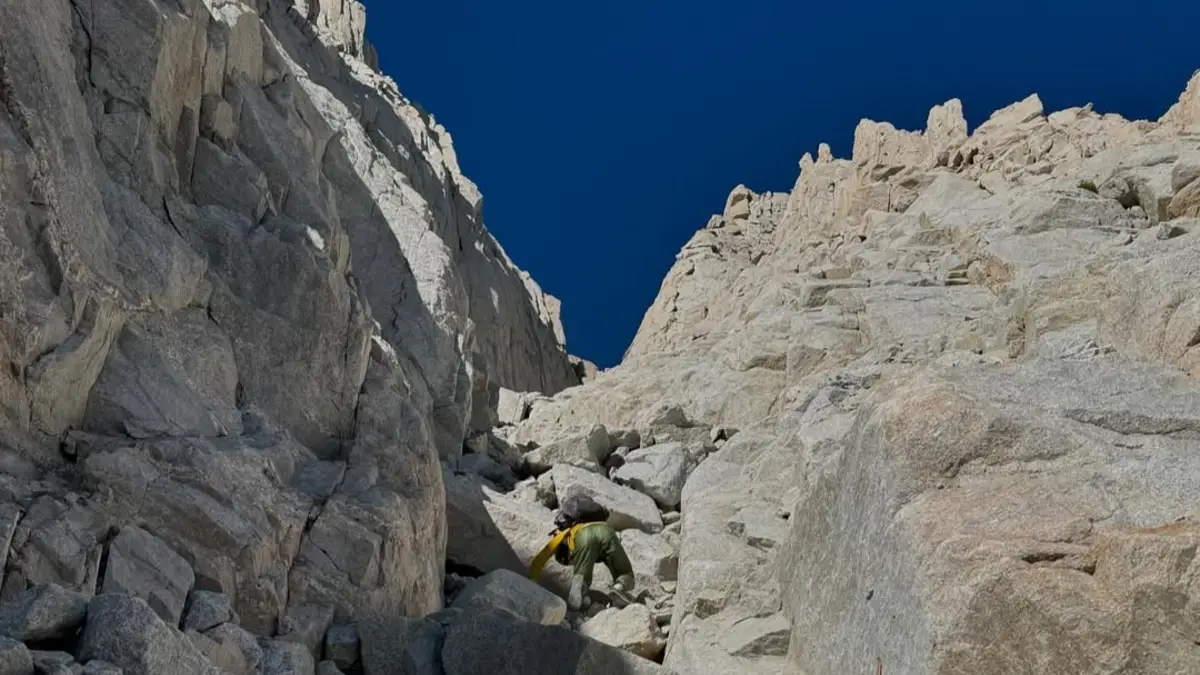
At 14,505 feet, Mount Whitney is the highest peak in the lower 48 states. It kills through altitude sickness, exposure, and exhaustion.
In January 2025, a 29-year-old died in a solo winter attempt. May 2024 brought three deaths within days of each other.
Surprisingly, only 33% of day hikers successfully reach the summit. Many underestimate how the thin air at 14,000 feet affects their bodies, causing headaches, nausea, and poor decision-making.
The 97 Switchbacks section gains 1,620 feet in just 2.2 miles – a brutal climb when there’s 40% less oxygen than at sea level.
People attempt Whitney for the simple bragging rights of standing on the highest point in California. If you try it, spend a night at high elevation before your climb to help your body adjust.
10. Maroon Bells Four Pass Loop
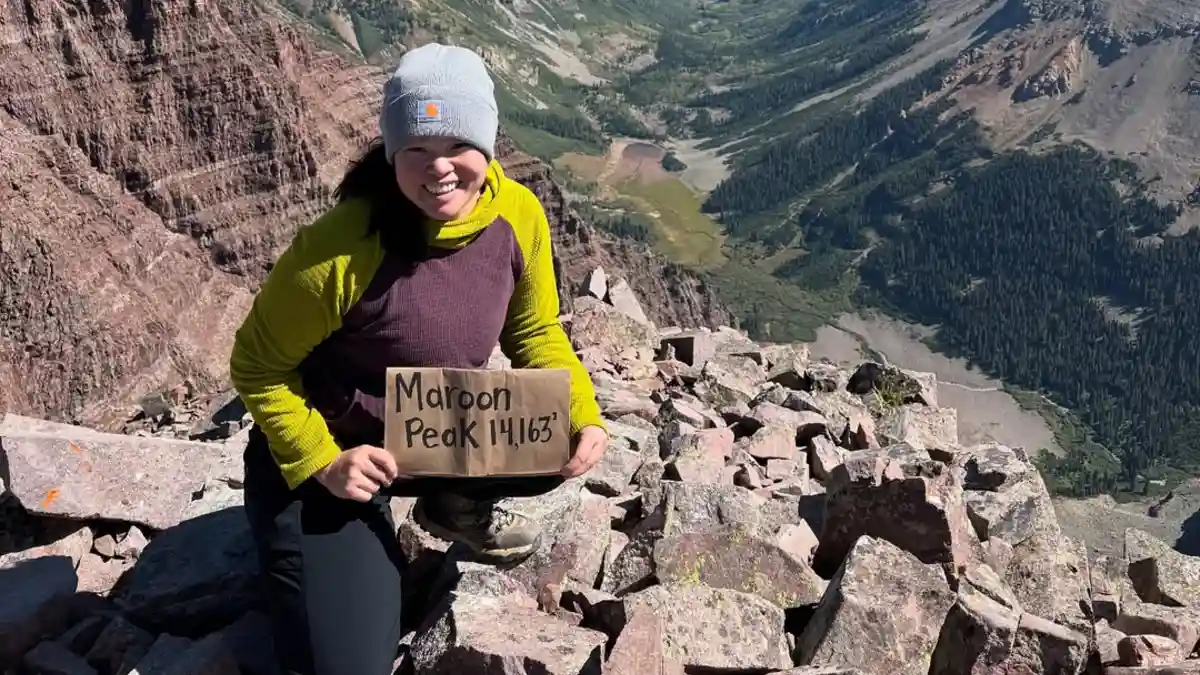
The Maroon Bells Four Pass Loop crosses four mountain passes all above 12,000 feet. The area has seen dozens of deaths over the years, earning the nickname “The Deadly Bells.”
What makes it deadly? The rock is unstable and breaks away easily. The remoteness means help is days away if you get hurt. There’s no cell service, and bad weather can prevent helicopter rescues.
Hikers tackle this 26-mile loop for its stunning beauty – the lakes, wildflowers, and mountain views rank among America’s best.
In July 2024, two hikers needed rescue after losing their gear and spending a miserable night with no shelter at Snowmass Lake.
Never hike alone here, and always carry emergency shelter even if you’re planning a day hike.
Why People Take These Risks
Understanding why smart people risk their lives on these trails comes down to a few things:
- Summit fever: The more time and money you invest, the harder it is to turn back, even when conditions get bad.
- Social media pressure: Getting that perfect Instagram shot drives people to ignore danger signs.
- Permit scarcity: When permits are hard to get, people think, “It’s now or never” instead of “Better safe than sorry.”
- The thrill: Some hikers actually seek out danger for the rush it gives them.
The key to staying alive? Know your limits. Be willing to turn around. And remember that the mountains will still be there next year.

